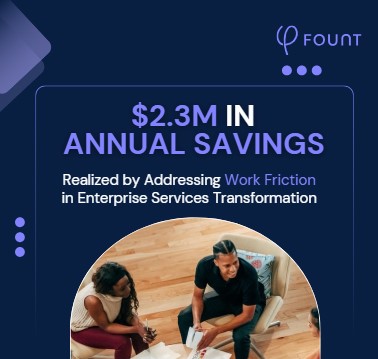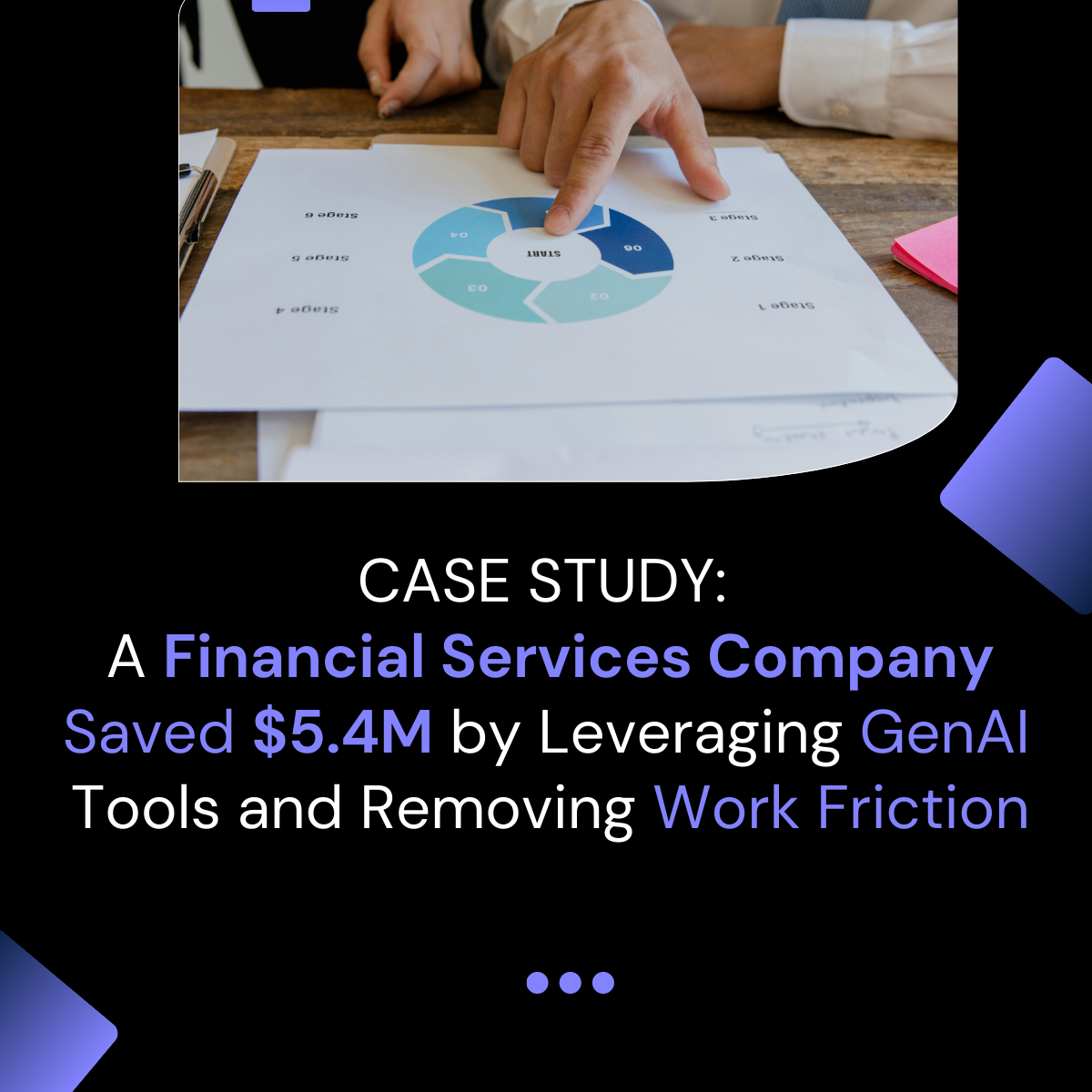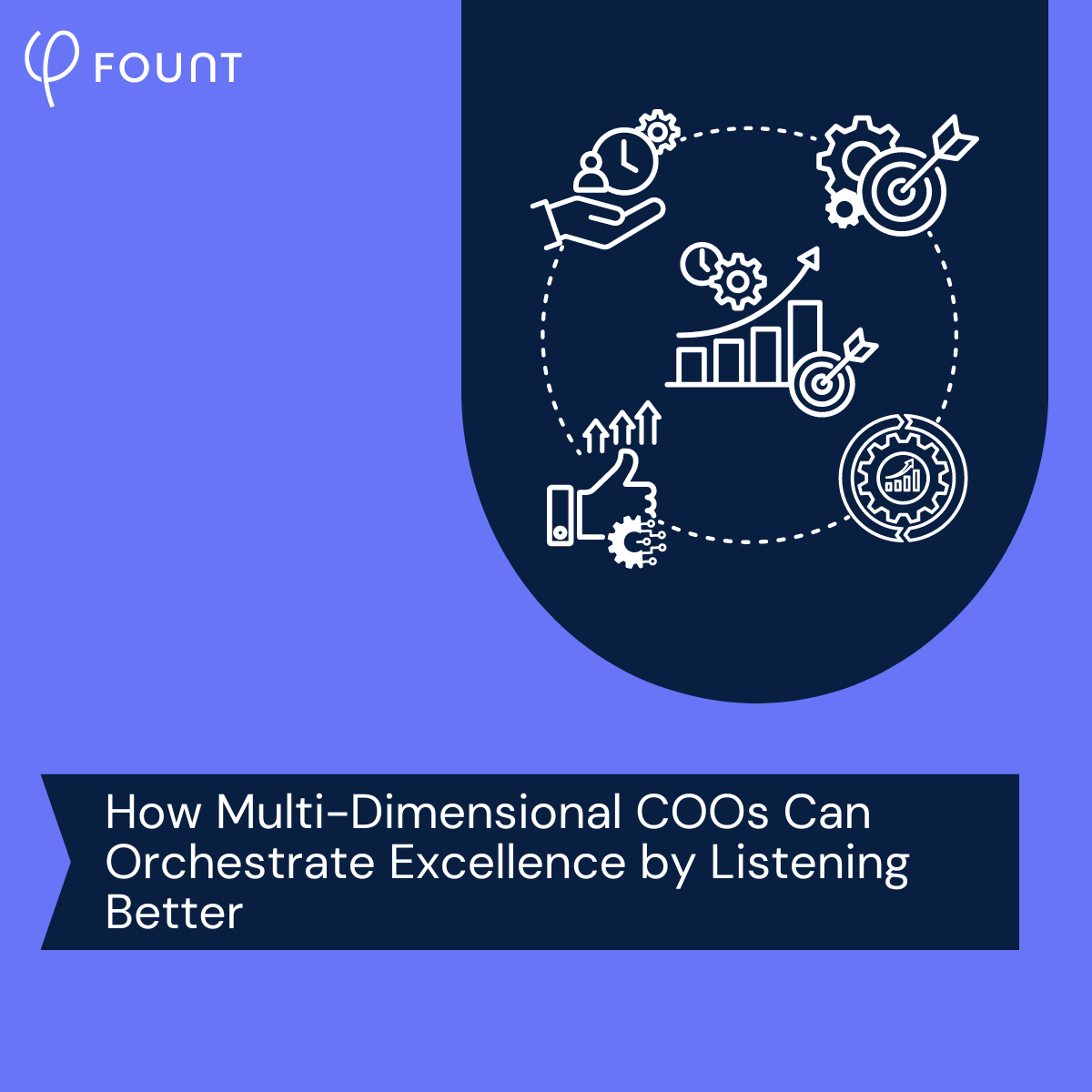PODCAST: Employee Experience with Christophe Martel
A summary of the details of the article will go here.
In this episode, Marie-Line Germain, Ph.D. speaks with Christophe about the impact of work friction on Employee Experience: He also discusses how COVID has changed Employee Experience, and what HR and organizations can do to improve it.
On the heels of last year’s State of EX, Christophe sat down with Dr. Marie-Line Germain, a professor of Human Resources and Leadership at Western Carolina University (a campus of the University of North Carolina), to discuss research findings and insights about creating better employee experiences.
You can listen to the full episode on Apple Podcasts or Soundcloud. A transcript from the episode appears below.
CM: There are an infinite number of opportunities that are all valid opportunities to go and change something in the experience that people have at work, and it can start with the coffee machine or it can be the tools they use at work. It could be their benefits coverage. There are just huge amounts of opportunity that you could go and have an impact on. The question that everyone needs to ask themselves is, what is it that matters most to employees and what is it that is currently presenting the most friction for that?
MLG: That’s Christophe Martel, co-founder and CEO of FOUNT, a company that focuses on improving employee experiences by removing friction from work. You’re listening to Dear Human Resources. I’m your host, Marie-Line Germain.
In this episode, Christophe will talk about some aspects of employee experience, what it is how COVID has changed employee experience and what HR and organizations can do to improve it. Christophe Martel also talks about a recent report that reveals that about 90% of employers run employee surveys at least once a year, but 70% lack adequate employee experience data that digs deeper into what causes friction for employees.
According to a Gallup poll disengaged employees cost the world $7.8 trillion in lost productivity, which is the equivalent of 11% of the global GDP. With this increased disengagement the talks about quiet quitting and the rising attrition rates. The spotlight has been cast on improving the employee experience. So welcome to our show, Christophe.
CM: Thank you. Good to be here.
MLG: The topic of employee experience sometimes referred to as EX has been an increasingly important topic in the HR realm. Can you explain what employee experience is and why it’s become so important for organizations?
CM: Absolutely. So, I may start with the second part of the question, why is it so important? And you alluded to it just now, if you look at the quit rate in North America for the past 10 years, you’ll see that the voluntary separations, that quit rate has literally doubled from 18% to something like 35%. As of 2022. That’s a very consistent increase in the past 10 years. And everyone pins that on the great resignation, COVID, etc. But actually, that’s a very consistent phenomenon that’s been happening for much longer.
What companies are starting to realize is number one – whilst it’s feasible to deal with attrition level, or quit levels in the 10 to 20%, it gets much harder when you start to break through 30% and over. Then it becomes a real business problem and that means that CEOs, business unit leaders just come to HR to say, “Look, I’m having these terrible attrition problems, what can you do to help?” And that’s when employee experience comes in. Because the next question is, well, why are these people leaving? What is prompting it?
We all know that engagement is a predictor of attrition, so low engagement means that people are getting ready to leave and essentially what that transcribes is how people feel about their work at the company. Now, what does the connection between employee experience and this notion of employee engagement? Well, actually at a certain level, they’re kind of identical. If you ask for a definition of employee experience, that’s actually pretty similar to a potential definition for engagement which is, how do I feel about the some of my experiences with the company so far? Since the moment when I first got in touch with the company as a candidate, joined, started working and been there for five years? How do I feel right at this moment, about my relationship with the company? You could call that my employee experience.
Now, where it gets a little complicated is that if you wanted to get under this high-level definition, because telling you that somebody is engaged or not very engaged is not very helpful when it comes to getting to the root cause of it. So getting under the covers of employee experience, you have to zoom down into not employee experience as an aggregate but employee experiences, meaning, the various experiences that people have during their life at work, and there’s millions of them. That includes their experience of doing their work, let’s say, if they’re in a customer facing role, it means solving customer problems, escalating to their manager when they’re out of answers. There’s everything that’s about what they’re doing, asking for help from SMEs, all kinds of things about doing a job and that’s where people spend most of their time.
The question is, how are these experiences? In fact, what we find through the work we do with customers, is that the friction they encounter in the doing of the work is one of the big reasons why their engagement could be declining. So in other words, I spend my time trying to do a good job but the company is putting unnecessary obstacles in my way. That’s a very frustrating thing to observe. And that typically drives employees to look for alternative employment.
The experiences on the job is a very important part in this kind of the lion’s share of where people spend their time. But there’s another side to their experience, which is their experience with consuming the services that the company provides to them as an employer and that includes, getting paid, creating a career path, learning and doing all kinds of things that HR is typically very involved in. And for that, again, they rate their experience based on how good a service do they get from the company. How easy is it to go on parental leave? How easy is it to come back? How easy is it to navigate the benefits portal and so on. There again, friction is in processes or policies or misalignment between different silos ends up creating poor experiences that over time will result in their disengagement and eventual attrition.
MLG: So we think that the tech industry tends to be a little further ahead in terms of employee experience, is it true?
CM: They’re typically further ahead in terms of the baseline of transactional experiences that need to be provided to an employee, mostly because they’ve invested almost natively in it. Most tech companies are relatively new to world and they have pretty modern platforms when it comes to doing HR things. So that helps. However, you see many tech companies having surprisingly high attrition level in key talent segments and losing great talent, but they actually don’t know how to keep them at some level. When you look at Glassdoor ratings, it’s typically reflecting what you said. However, when you dig into these worlds, you see that important segments like salespeople, or developers, etc., there’s still much higher levels of voluntary attrition than they wish they had.
MLG: So before this podcast recording, Christophe, you made reference to a report about employee experience. That report is titled The Big Bad State of EX, findings from the State of EX 2022. Do you know how that was conducted? And how many respondents were in that study? And what the findings were?
CM: Yep, so first of all, it was conducted at the end of last year, and I don’t have the accurate count in mind, but by the end of the project was a few 100 respondents across HR executives, and business leaders essentially. There were essentially two tracks to the questions that we asked. Because employee experience as I described it, just like attrition, which is the consequence of better poor employee experience is a shared problem between HR and the business, which is why business leaders were included in the research effort.
The report was published in late November, early December. What we found and hence, the name The Big Bad State of EX, is that most organizations that invest in employee experience tend to do so in thinking about having an impact on all employees of the company. And whilst that’s a smart idea, what turns out in practice is that impacts that actually scale to all employees in the company tend to be technology investments because that’s the quickest way to have that kind of impact. In fact, many of the technology investments that were made as a result of that approach ended up not having a tremendous amount of impact on the experience of people in the frontline. Think about Workday which is a great system for managing HR data. When you really think about how much it transforms the experience of work for individuals in the company – it sure transforms the experience of work for the HR team, and makes it a lot easier to do the HR work. But for employees, it doesn’t really change that much. And one of the reasons is that they spend most of their time working rather than most of their time doing HR things.
What we found in the report is that all these efforts where we thought that big investments across the board would be the ones that would drive experience gains… well, that didn’t realize. What did happen, however, was that companies that started small – and what that means is focused on specific talent segments… that in particular talent segments with crucial importance to the business. So if you’re in a healthcare company, and nurses and doctors are critical talent segment, like everything in the company is there to support the work they do.
It’s a little bit similar to companies that are in the financial services industry where anything that is customer facing (e.g. service centers, etc.) is hugely important because CX ends up driving business outcomes. So, companies that actually started in specific talent segments and focused on smaller improvement initiatives (e.g. Improving part of the work somewhere, improving specific workflows, and so on so forth), those are the initiatives that really moved the dial. And what that did was to give these EX leaders the confidence that the approach of trying to create better experiences for people actually could work and had visible results and therefore was worthy of investing more into. So the Big Bad State of EX was to say, “watch out if you want to make progress in that field. Don’t start too big because you may just get lost in the noise,” essentially, which is one of the things that happened to many of them.
Now, a few things that we measured as part of the report, were essentially trying to assess the level of effectiveness of these organizations on a few dimensions that included a humancentricity scale. So in other words, the ability that these companies and these executives had to think in the employees’ shoes right so in other words, to put themselves in the employees shoes to see the world from their perspective, which is kind of necessary if you’re gonna go and improve the right thing. So understand what are the points of friction that they encountered? And honestly, most self-reported data showed that there was a lot of progress to make there. It’s actually not that easy to go do that. Second was the degree of dispersal which means the the amount to which employee experience initiatives were driven with the business in the front lines, or were much more corporate initiatives driven by the center for the center almost.
Again, we saw that hence the Big Bad State of EX, a lot of efforts tended to be done at the corporate level which explains why there was not that much impact on the frontline. A third component that we measured actually was agility, which was the ability for companies when they detected once a friction for employees to be able to go and act on it quickly. And you’ll be familiar with the great skills that most HR professionals have when designing fantastic processes. But in the world of experience, it’s a kind of a fail fast / fail early type of approach to improvement initiatives rather than big, broad and perfect process design. On these three dimensions, it looks like there’s a lot of progress for companies to make, to have the ability to go after these experience problems and become agile enough to to make progress there.
MLG: And how do you think COVID the pandemic has affected employee experience overall?
CM: I would say, first of all, COVID got a bad name. Honestly, for The Great Resignation as a trigger… as I mentioned earlier, that whole trend of increased quit rate has been going on for much longer than that. So I think it’s easy to blame the pandemic for that, but it’s a little bit unfair. The second thing that COVID did is that it provided more clarity for leaders – business leaders, in particular – to the fact that their employees have a choice of where to work. The whole debate between working remotely or hybrid, etc. was not really a debate before and it became front and center for two years.
Through these discussions, there’s been the realization by some leaders that employees have a choice of where they work. And just like we have a choice of what product we buy on Amazon or what hotel we stay at when we look at TripAdvisor. The transparency of the job market is such that they can’t really hold their employees as tightly as they were able to do before. And we’ve seen a major shift in the interest from business leaders to figure out, “How do I reduce friction in the day-to-day work of my employees?” Because they care about it a great deal, right? They don’t want to spend time working that they feel is time poorly spent. The phenomenon of burnout and quiet quitting, etc. – these are all manifestations of the work we’re asking them to do is just not working for them. So they want to make an impact on that.
And by the way, these business leaders are themselves concerned with the productivity of their company. And so in other words, you see you have a strange dynamic where a CEO like the CEO of Google would say at the same time, “we want employees to go work harder.” And when employees are pretty much tapped out, trying to do everything that they’re supposed to do but dealing with unnecessary friction in their workflow, and saying, “Well, yeah, I’d be happy to do whatever you want, but stop putting things in my way as I’m trying to do my job.” And actually, you see some businesses just embracing that, to just try to reduce the level of bureaucracy and complexity that exists in the organization. And that’s a common cause actually, for both business leaders and employees. So for once, they kind of share a common objective and a common opinion on how to go about it. I think the pandemic was a great trigger for business leaders and HR leaders to think about things differently, and kind of opened up a bigger passage for companies to embark on an employee experience initiative based on everything that they realized through the pandemic.
MLG: Good point. So what advice do you have for business leaders, as you mentioned, but also for HR professionals who would like to put more emphasis on employee experience, but they don’t really know where to start?
CM: So the big challenge that organizations face – and I was a business leader before and I was a CHRO before and I faced that every day – is the question of where to start. There is an infinite number of opportunities that are all valid opportunities to go and change something in the experience that people have at work and it can start with the coffee machine or it can be the tools they use at work, it could be their benefits coverage. It’s just a huge amount of opportunity that you could go and have an impact on.
The question that everyone needs to ask themselves is, “What is it that matters most to employees? And what is it that is currently presenting the most friction for them? So, in other words, what’s most broken and what’s most important to employees? And for that, that was one of the findings from The State of EX. You need a specific kind of data that points to the things that create friction in the organization for specific talent segments.
The best advice I would give is to try to zero into a really important talent segment for the business – people that create a lot of value for the company, where attrition has a very high cost to the business. And in there understand what are the one, two, or three experiences – not the overall experience, that’s way too high level – but the one two or three discrete experiences like pursuing an internal role or solving a customer problem or things of that nature. What are these things that are every day creating bad experiences for people, which result in disengagement and attrition over time. And then focus on these things using agile methods. So, small sprints and quick iterative results. And that’s the best way to start because you can have visible impact that business leaders will be excited by that becomes a much more kind of an organic way of starting a different way of working, that starts with people’s experiences, and then works back up from there, rather than starting from big processes and working down from there.
MLG: Christophe, you’re the co-founder and CEO of the company FOUNT. I’m curious, what does FOUNT stand for?
CM: Our motto at FOUNT is experiences count because it’s the root word for fountain and essentially we believe that everything that’s good about a company springs from great employee experiences. When I say everything that’s good, it’s actually employee happiness at the company and their desire to work harder and for a longer period of time with the company because they enjoy what they’re doing. That stems from an intentional approach to make these experiences work for them. And by the way, when that happens, the business results follow. Everything that’s good in the company is not only just good for the people, but also good for the business. So that’s where where it stemmed from.
There’s a second, connected message that the opposite of friction is flow, right? If you think about a fountain and what flows out of it, by removing friction in the organization, you’ll have more employees that are in a state of flow, and essentially not dealing with unproductive friction and needless obstacles that we all know are there because they’ve always been there. We also know that they don’t need to be there and that they’re costing us time and frustration every day at work.
MLG: Thanks, Christophe, for your insights on employee experience and what HR professionals can do to enhance it.
CM: My pleasure.
Support for this show comes from Western Carolina University, a campus of the University of North Carolina’s system with the technical assistance of Kelly Minnis.
Related Resources
See all News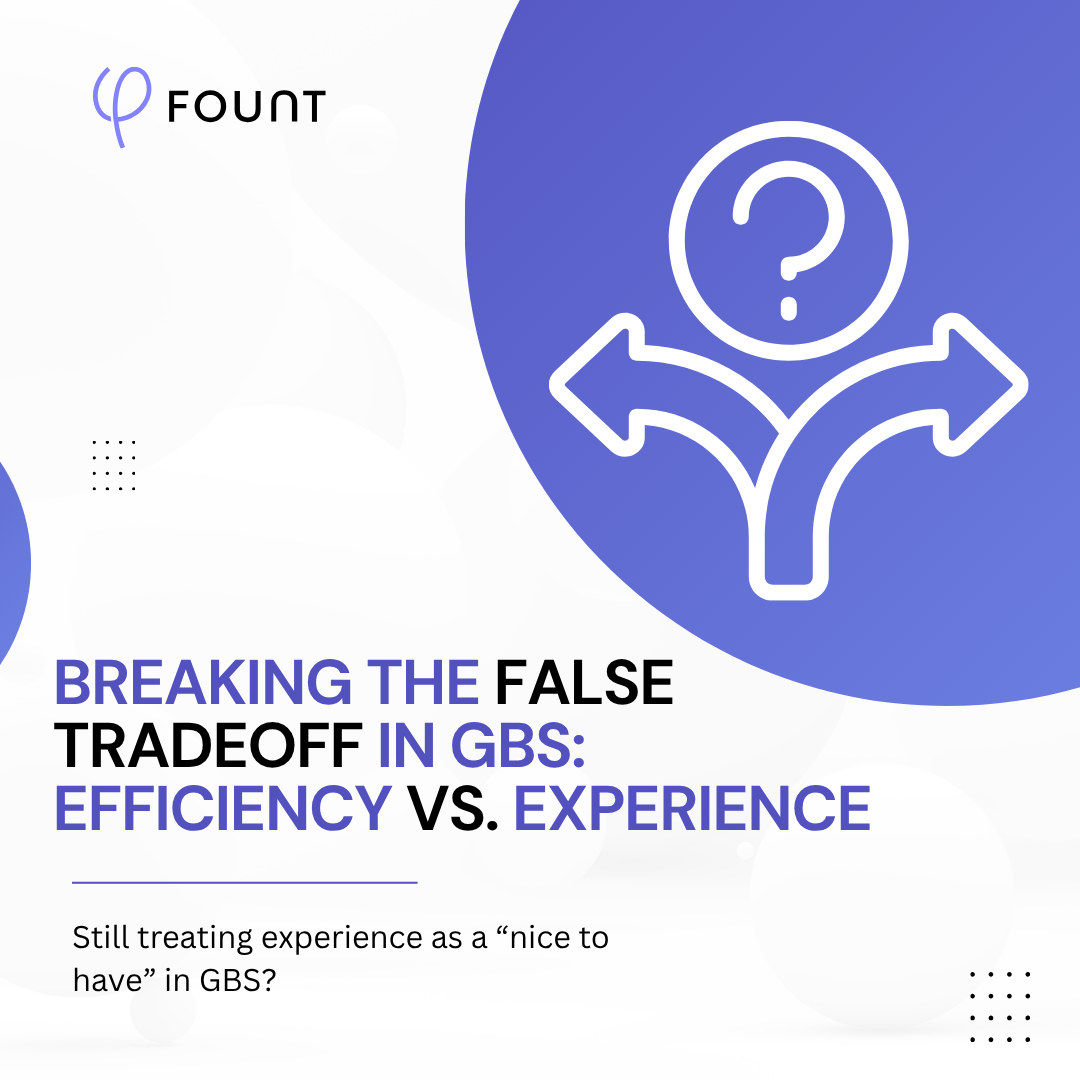
Insights
Breaking the False Tradeoff in GBS: Efficiency vs. Experience

Events
LIVE Webinar – July 9th for SSON Network. Beyond AI Hype: How to De-Risk Your GBS Transformation with Friction Data
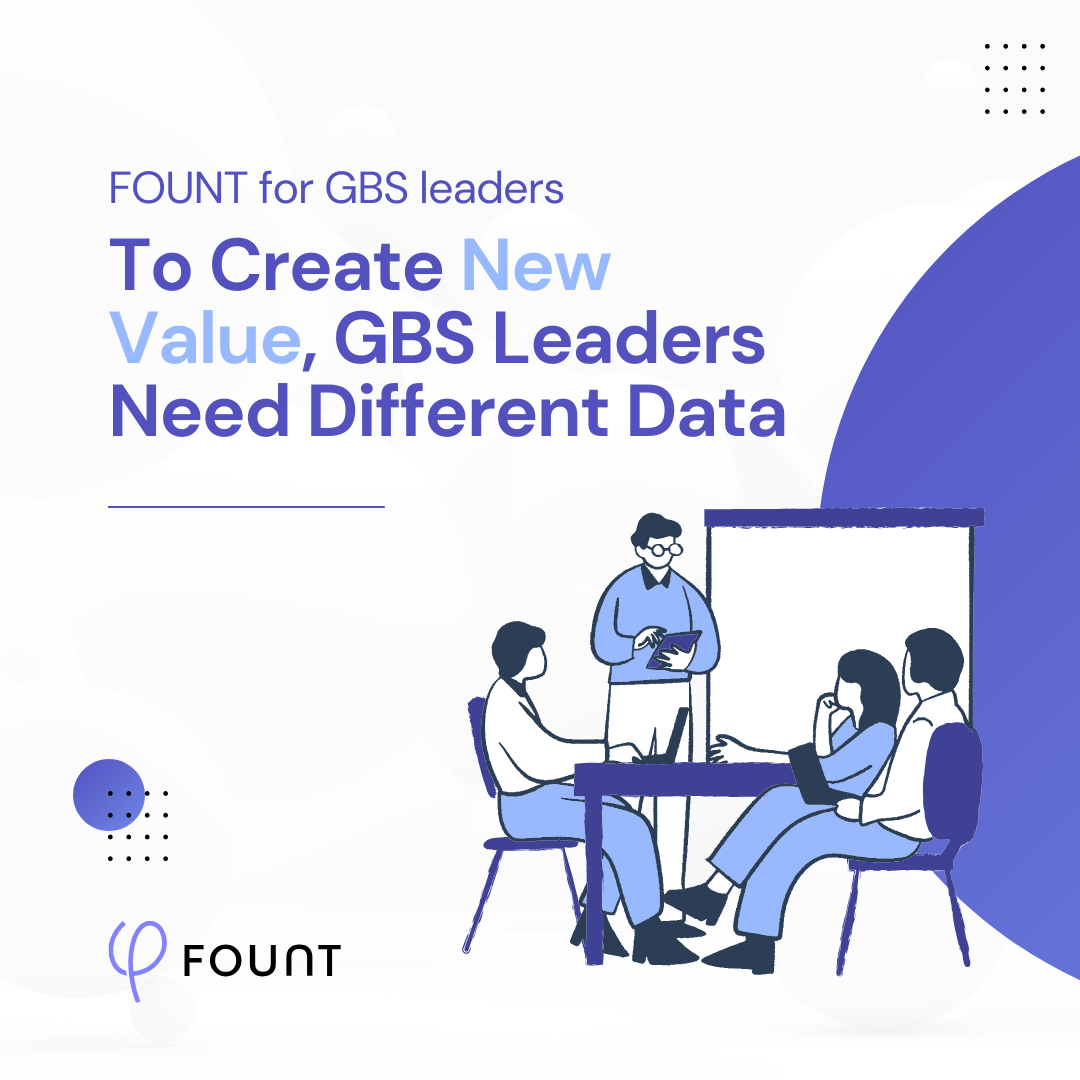
Insights
To Create New Value, GBS Leaders Need Different Data
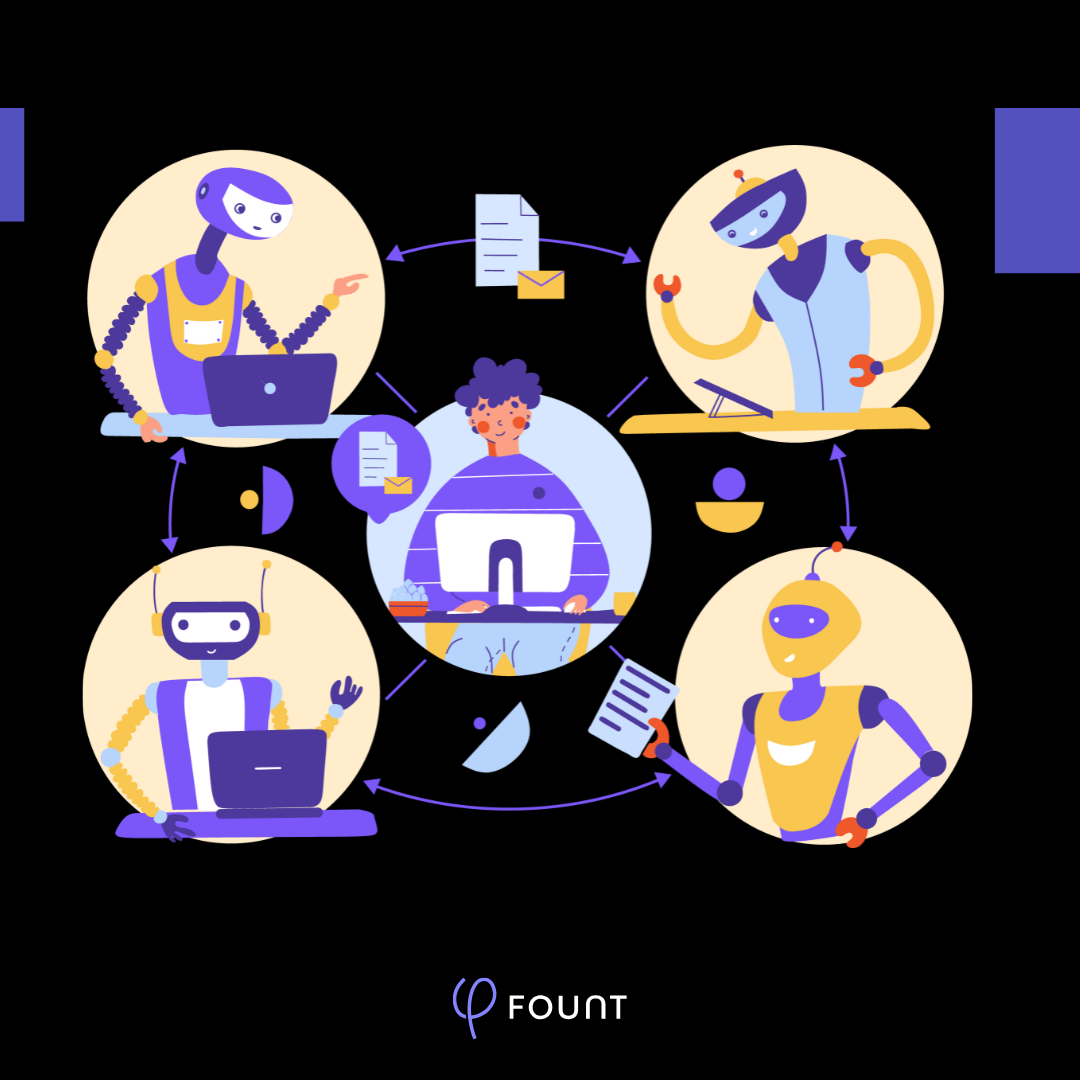
Insights
How to Keep Up with the Latest AI Developments
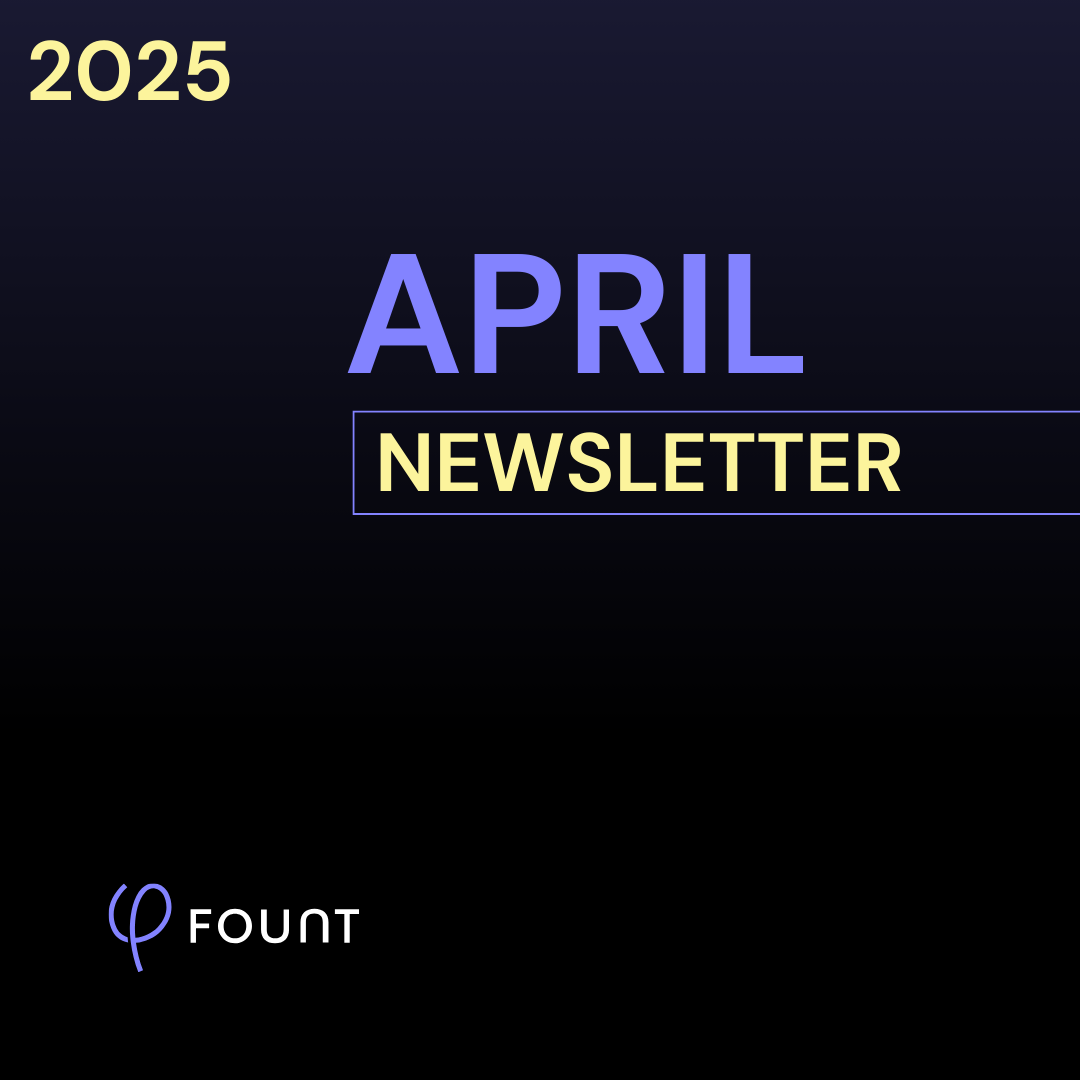
Insights
APRIL Newsletter. Friction: You Can’t Improve What You Can’t See
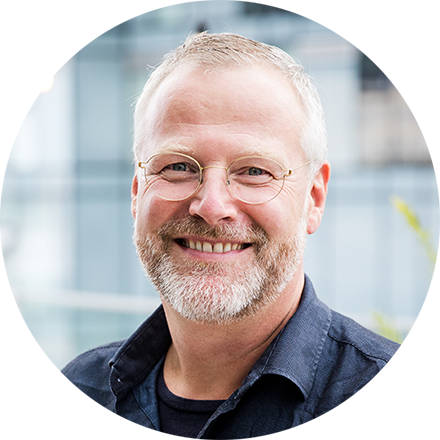
Guest Post
AI is Reshaping the HR Operating Model: Here’s What 15 Leading Companies Discovered
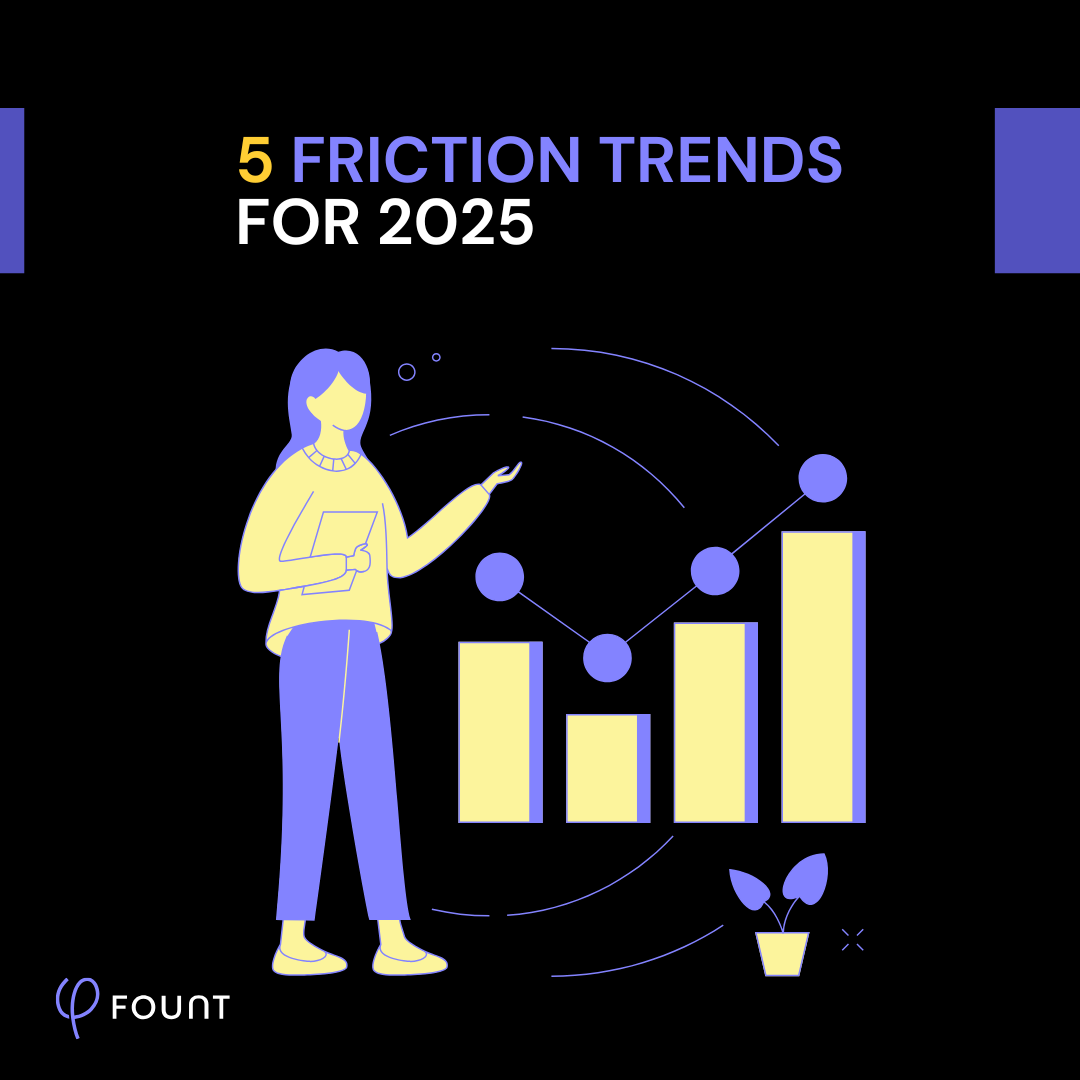
Insights
5 Friction Trends for 2025
Research
WHITEPAPER: Work Friction
